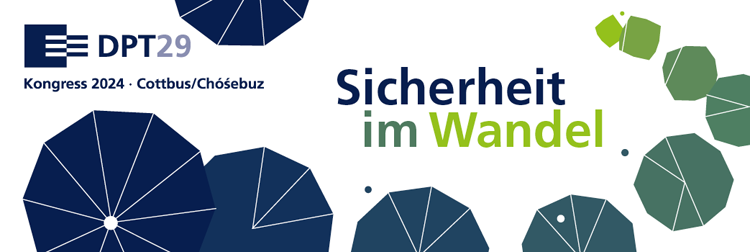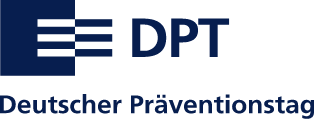Preventing Child Victimisation in a Digital World
Dr. Stijn Aerts
European Crime Prevention Network (EUCPN)
European children and adolescents are online. Almost all have daily Internet access, mostly via mobile devices. Social media, social networks and playing games are their top online activities. This opens up new vistas for crime prevention. At the same time, the impact of child victimisation is sizeable: the group is vulnerable, and now faces besides traditional offline crimes also newer cybercrime threats.
For the Romanian Presidency, the EUCPN has produced a Toolbox on the online prevention of child victimisation. Investigating and borrowing insights and principles from neighbouring policy domains (e.g. health promotion/disease prevention) and other disciplines (including marketing and cognitive psychology), it argues that the Internet and its associated communication technologies constitute an opportunity for the prevention of victimisation as much as a threat to safety and security.
The Toolbox reviews how online communications can be used productively to effect behavioural change in the target group. Central questions are: How do we not just reach children and adolescents but also get through to them? How do we make sure our communications have real and measurable impacts? Finally, it discusses how communication and educational techniques such as gamification and game-based learning may help achieve those goals.
For the Romanian Presidency, the EUCPN has produced a Toolbox on the online prevention of child victimisation. Investigating and borrowing insights and principles from neighbouring policy domains (e.g. health promotion/disease prevention) and other disciplines (including marketing and cognitive psychology), it argues that the Internet and its associated communication technologies constitute an opportunity for the prevention of victimisation as much as a threat to safety and security.
The Toolbox reviews how online communications can be used productively to effect behavioural change in the target group. Central questions are: How do we not just reach children and adolescents but also get through to them? How do we make sure our communications have real and measurable impacts? Finally, it discusses how communication and educational techniques such as gamification and game-based learning may help achieve those goals.

